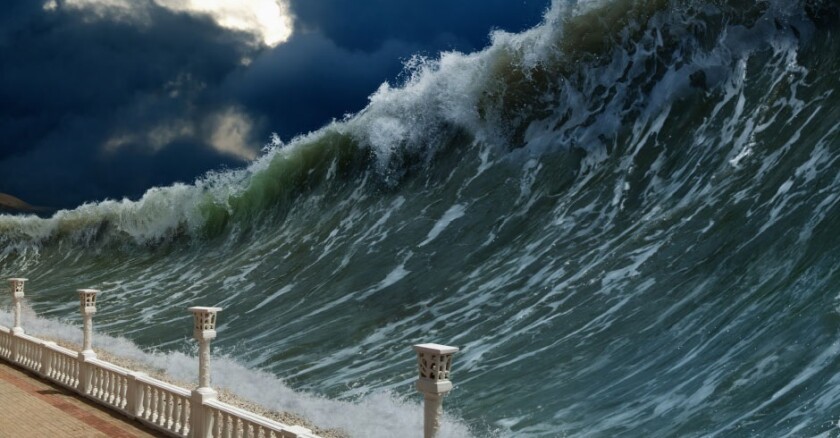A recent seismic event has triggered tsunami alerts across the U.S. West Coast, raising concerns for residents in California, Oregon, and Washington. With the potential for coastal impact, officials have released estimated tsunami arrival times, urging the public to stay vigilant and follow safety advisories.
🌊 What Is a Tsunami and Why It Matters
A tsunami is a series of powerful ocean waves typically caused by undersea earthquakes, volcanic eruptions, or landslides. Unlike normal tides, tsunamis can travel at jetliner speeds and grow in height as they approach shallow coastal waters, posing serious risks to life and property.
🕐 Estimated Tsunami Arrival Times (Local Time)
While tsunami waves may not hit every region with equal intensity, here are the current estimated tsunami timings for key locations on the U.S. West Coast (subject to updates based on ongoing monitoring):
📍 California
- Crescent City: 7:20 AM
- Eureka: 7:25 AM
- San Francisco: 7:50 AM
- Los Angeles: 8:10 AM
- San Diego: 8:25 AM
📍 Oregon
- Brookings: 7:15 AM
- Coos Bay: 7:20 AM
- Newport: 7:30 AM
- Astoria: 7:45 AM
📍 Washington
- Long Beach: 7:40 AM
- Ocean Shores: 7:50 AM
- Port Angeles: 8:00 AM
- Seattle: 8:15 AM (minimal wave impact expected due to Puget Sound geography)
Note: These are estimated times based on current models. Updates may occur as seismic data evolves.
📡 How Are Tsunami Warnings Issued?
Tsunami alerts in the U.S. are managed by the National Tsunami Warning Center (NTWC) and the Pacific Tsunami Warning Center (PTWC). These agencies use seismic sensors, buoy networks, and tide gauges to:
- Detect underwater earthquakes
- Analyze wave activity
- Calculate estimated tsunami timings
- Issue watches, advisories, or warnings
Residents are encouraged to sign up for local emergency alerts and follow official channels for updates.

⚠️ What Should You Do If a Tsunami Warning Is Issued?
When a tsunami warning is in place, every minute counts. Here’s what you must do:
- Move to higher ground immediately – Don’t wait for official instructions.
- Avoid beaches and coastal roads.
- Listen to NOAA Weather Radio or local broadcasts for real-time updates.
- Do NOT return to low-lying areas until authorities declare it safe.
- Keep emergency supplies ready – including water, food, flashlight, and a battery-powered radio.
🌍 Tsunami Preparedness: Why It’s Crucial Now
With increasing seismic activity around the Pacific Ring of Fire, coastal communities are at higher risk of future tsunami events. Historical data reveals that past tsunamis in the Pacific have:
- Caused billions in damage
- Displaced thousands of people
- Resulted in loss of life
Staying informed about tsunami timings and evacuation plans is no longer optional—it’s a matter of survival.
📈 Tsunami Watch vs. Advisory vs. Warning: Know the Difference
| Alert Level | Meaning | What to Do |
|---|---|---|
| Tsunami Watch | Potential tsunami is possible | Stay alert, follow news |
| Tsunami Advisory | Strong currents or waves expected | Stay away from water |
| Tsunami Warning | Major tsunami is imminent or occurring | Evacuate immediately |
🧭 Final Thoughts
The release of estimated tsunami timings for California, Oregon, and Washington serves as a critical reminder of the unpredictable power of nature. While technology helps forecast and warn us, it’s our preparedness and response that truly save lives.
If you live along the West Coast, now is the time to:
- Review your evacuation plan
- Educate your family
- Monitor official channels regularly
Because when it comes to a tsunami, it’s not just about when it hits — it’s about how ready you are when it does.